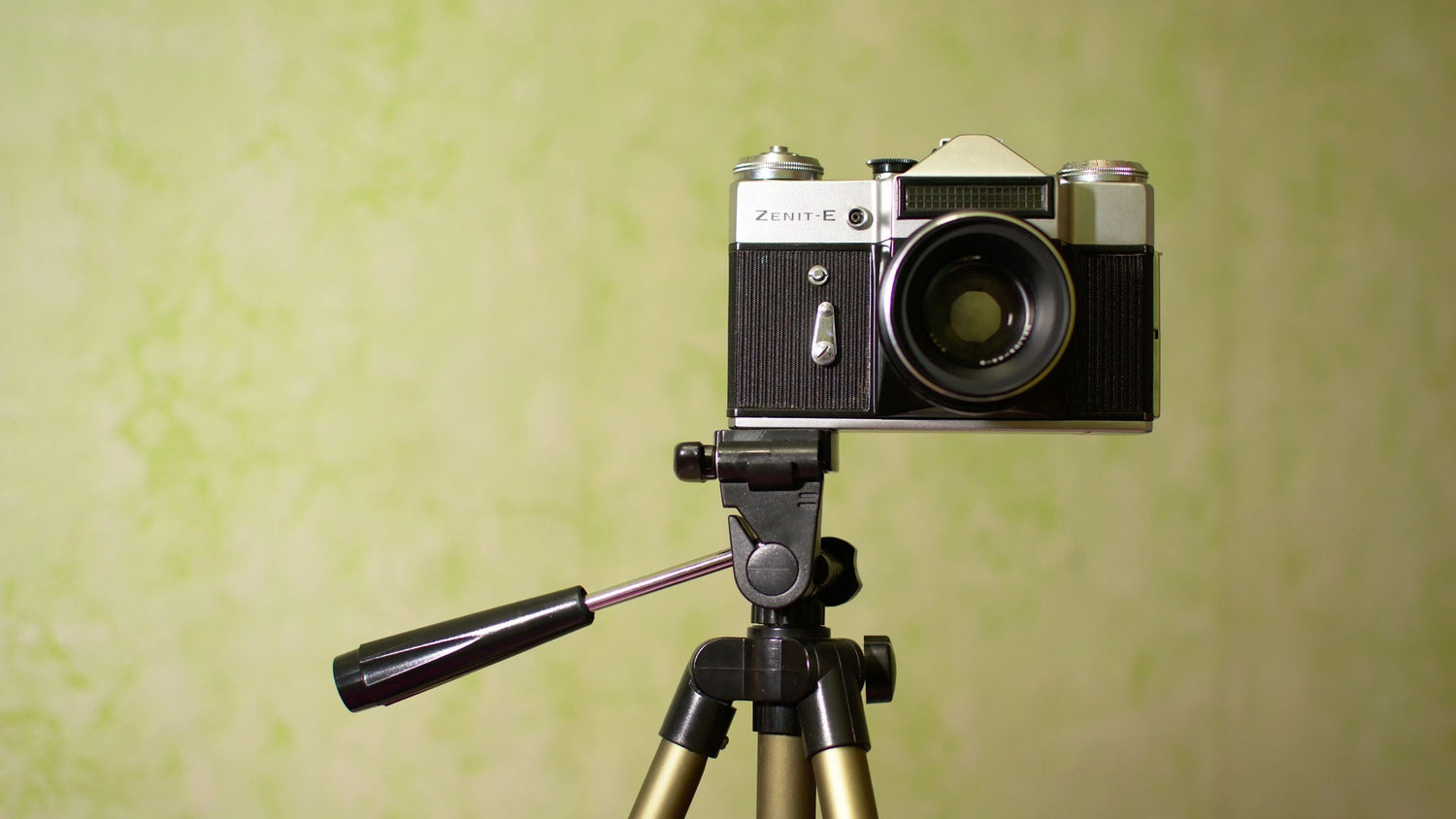When it comes to photography, the difference between a good shot and a great shot often boils down to a few key elements: lighting, angles, and of course, the right gear. While these may seem like basic concepts, mastering them can truly elevate your photography to professional levels. Whether you're capturing a portrait, a landscape, or any other subject, these three factors are essential for getting stunning, crisp, and eye-catching photos. And to help you take your photos to the next level, we’ll introduce you to some of Oldshark’s best gear, designed with photographers and videographers in mind.
1. Lighting: The Heart of Great Photography
We all know that light is crucial in photography. Without the right lighting, even the most skilled photographer will struggle to get the shot they want. Natural light can be stunning, but it’s not always reliable, especially if you’re shooting indoors or in a low-light environment. This is where having the right lighting setup can make all the difference.
How to Use Lighting Effectively
-
Use Soft Lighting for Portraits: When photographing people, soft lighting is your best friend. It minimizes harsh shadows and flatters the subject. Consider using a softbox or a ring light for a smooth, even glow. These are particularly popular for professional portraits, as they reduce the appearance of imperfections on the skin and create a more pleasing atmosphere.
-
Backlighting for Drama: Backlighting can create dramatic effects, especially in silhouette shots. Position your light source behind your subject to create a stunning halo effect or dramatic shadow.
-
Natural Light is Still King: If you’re shooting outdoors, take advantage of the golden hours—early morning or late afternoon—when the light is soft and warm. This lighting works wonders for both portraits and landscapes.
One of Oldshark’s most popular products for lighting is their Oldshark LED Ring Light. This versatile light provides adjustable brightness and color temperature, making it perfect for vlogs, portraits, and product photography. Whether you’re shooting indoors or outdoors, the Oldshark Ring Light will give you that flawless glow every time.
2. Angles: Finding the Right Perspective
Your camera angle can completely change the mood and storytelling of your photo. Getting creative with angles can take your shots from ordinary to extraordinary.
How to Play with Angles
-
Low Angles for Power: Shooting from a low angle can make your subject look larger and more imposing, which is perfect for action shots or if you want to create a sense of power and strength. Think of shots of athletes in motion or architecture that emphasizes grandeur.
-
High Angles for Emphasis: A high-angle shot can make your subject appear smaller or more vulnerable. This angle is commonly used in fashion photography, bird’s-eye view shots, and establishing shots of landscapes.
-
Eye-Level for Connection: When you want to establish a sense of connection with your subject, shooting at eye level is the way to go. This angle creates a more intimate and relatable feel, making it perfect for portraits and candid moments.
-
Diagonal Lines for Energy: Angles don’t just apply to the camera itself; they also apply to the composition of the photo. Leading lines—whether they’re roads, railways, or buildings—can guide the viewer’s eye and create a dynamic, energetic feel in your shots.
Having the right gear to adjust your angle easily is essential. This is where a tripod comes into play. Oldshark offers a Tripod that is sturdy, lightweight, and designed to help you capture shots from various angles without compromising stability. Whether you're shooting a landscape at a low angle or capturing a high-angle shot, this tripod allows you to position your camera perfectly every time.
3. Composition: Framing Your Shots Like a Pro
Composition refers to how elements within your frame are arranged. Good composition is essential for guiding the viewer’s eye and telling a compelling story through your photos.
Key Composition Tips
-
The Rule of Thirds: This is a classic technique where you divide your image into a 3x3 grid and place your subject along these lines or at the intersections. This creates a more balanced and engaging composition. It works for everything from portraits to landscapes.
-
Leading Lines: As mentioned earlier, leading lines can guide the viewer’s eye towards the subject or create a sense of depth. Roads, fences, and rivers are perfect examples of leading lines that can add dimension to your shots.
-
Symmetry and Patterns: Symmetry can be very visually pleasing. Whether it's the symmetry of a building or a pattern in nature, using it in your photos can create striking images that captivate the viewer.
-
Negative Space: Don’t be afraid of empty space. In fact, negative space can be a powerful compositional tool. By leaving space around your subject, you create a sense of isolation or focus.
If you’re looking to level up your composition game, investing in a quality tripod like the Oldshark Tripod is a smart move. It allows you to stabilize your shots and compose your frame more deliberately without worrying about shaky hands.
4. Final Thoughts: Practice Makes Perfect
Mastering the art of lighting, angles, and composition requires practice, but with the right gear and a bit of creativity, you can elevate your photography to a professional level. Whether you’re a beginner or an experienced photographer, always keep experimenting with new techniques and pushing your boundaries. And remember, the right gear—like the Oldshark LED Ring Light and Tripod—can give you the flexibility and stability needed to capture your best shots.

